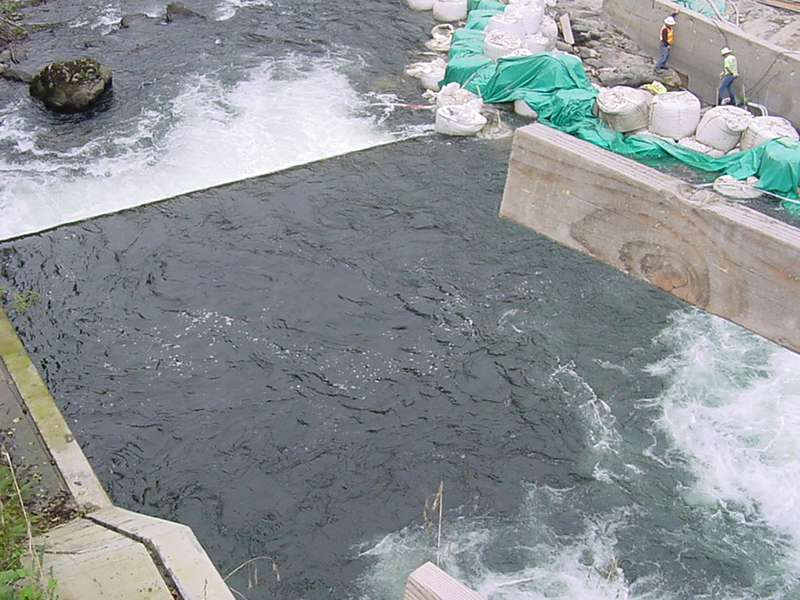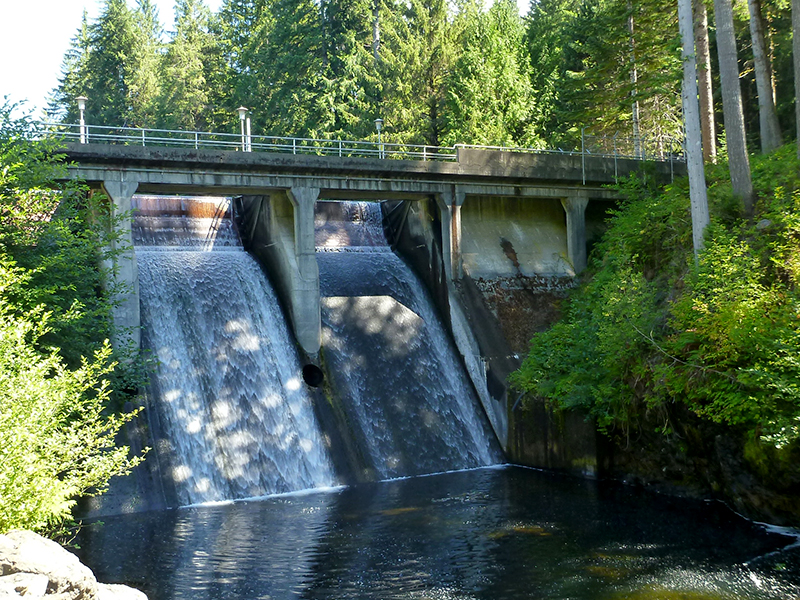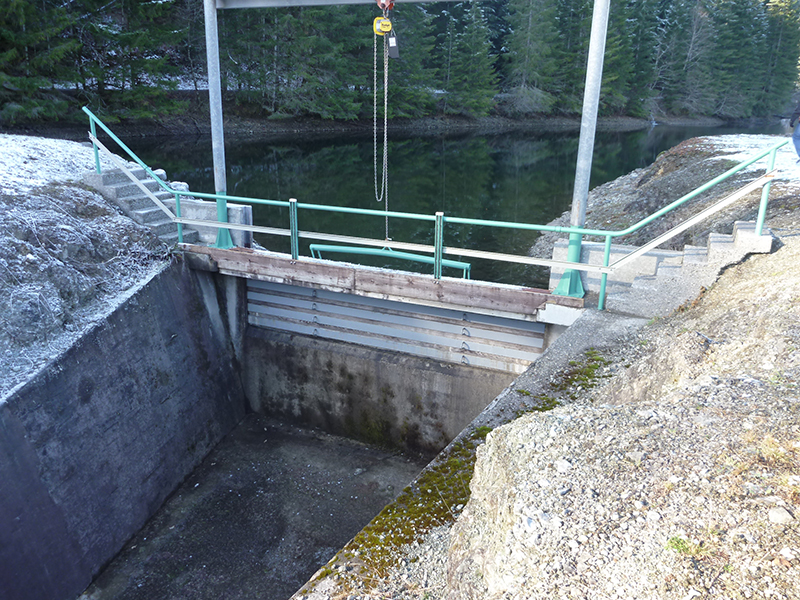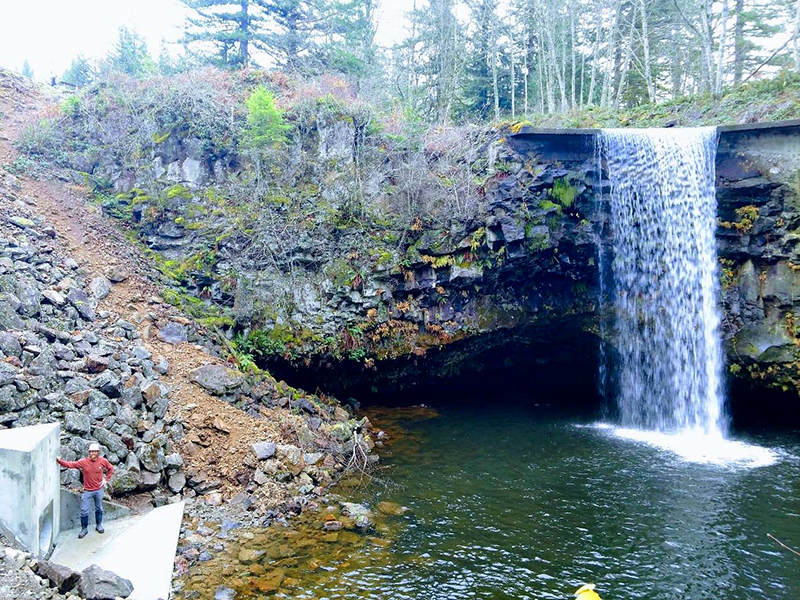
There are high hazard dams in poor condition! Quick, run for high ground! Or don’t. It’s not as terrifying as it may sound. A high hazard dam isn’t necessarily hazardous and poor condition doesn’t mean imminent failure.
Ecology regulates 1,094 dams throughout the state. Our dam inspectors conduct frequent inspections. Reports on those inspections often use words that mean different things to the non-expert.
Hazard category
Our Dam Safety Office classifies all state-regulated dams as either low, significant, or high downstream hazard. This refers the potential impact on people, property, and the environment should a dam fail.
Even a dam in pristine condition gets called “high hazard” if there are six or more people living downstream. A dam with at least one person downstream is called a “significant hazard”.
A high or significant classification does not imply that the dam is unsafe. It only reflects the consequences of a dam failure and is used to establish suitable minimum design levels for the safety of the dam. The safety of the dam is a separate issue from the downstream hazard.
Each dam in our jurisdiction must be designed within dam safety guidelines. The dam safety office reviews all documentation and approves dam designs once it complies with minimum design requirements.
Condition assessment
We use the same terminology as the National Inventory of Dams classification. Dam conditions include:
- Satisfactory - no existing or potential dam safety deficiencies
- Fair - no existing dam safety deficiencies recognized for normal conditions
- Poor - a dam safety deficiency recognized for conditions which may realistically occur and remedial action is necessary. This does not mean a dam is in imminent danger of failing. The deficiencies could be relatively minor and easy to fix
- Unsatisfactory - a dam safety deficiency is recognized that requires immediate or emergency remedial action
Most of the dams we regulate are in satisfactory or fair condition.
Periodic inspections
The dam safety office performs periodic inspections on significant and high hazard dams every five years. The inspections are intended to identify deficiencies and reasonably assure safe operation. Dam owners are required to conduct annual surficial inspections and submit a copy of the inspection form/report to the Dam Safety Office. We review the reports and engineers provide technical support when needed.
Emergency Action Plans (EAP)
Emergency Action Plans are required for all significant and high hazard dams. An EAP describes procedures for responding to unusual or emergency situations and for warning individuals who may be at risk in downstream areas. The EAP establishes important communication lines and help reduce the risks in the event of a pending or actual failure.
More dam facts
To learn more about dam safety, emergency planning, or the state’s laws and regulations concerning dams, visit our Dam Safety page.





